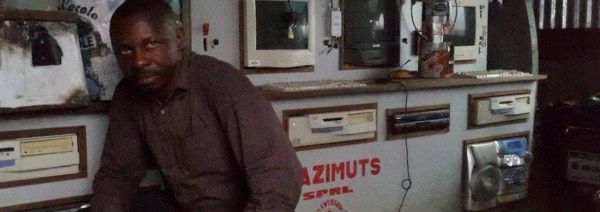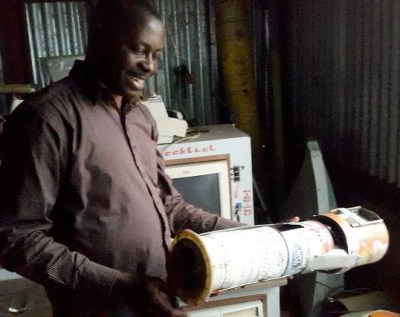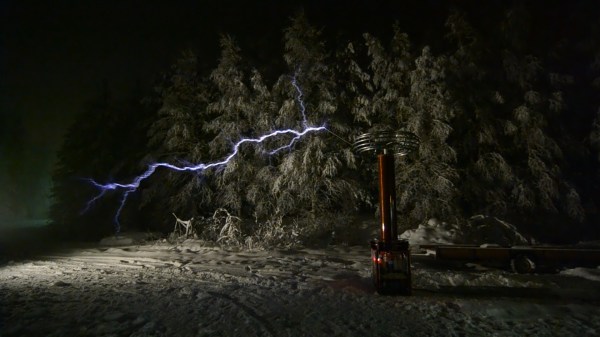The Amoreiras Tower, in Lisbon, Portugal, recently added a rooftop viewing area that is open to the public. The top of the tower is one of the highest spots in the city, and the viewing area gives an impressive 360º view of the surrounding area. However, the elevator to get to the top left a lot to be desired. It’s an interior elevator, and didn’t itself offer any view.
So, Artica, along with Schindler, were brought in to solve that problem. The solution was to mount displays on the interior of the elevator, in order to simulate a 360º panoramic view of the city outside. The video is synced up with the elevator, so the view changes as the elevator passengers move up and down between floors.
Artica, who was responsible for the concept, design, and electronics installation accomplished this by first building a prototype in their office building. This was a full-size elevator replica with which they could test the design and get it ready for installation. They then partnered with Schindler to actually install the system in the elevator of the Amoreiras Tower, which necessitated almost completely rebuilding the elevator. As you can see in the video, the resulting view and accompanying music (definitely not elevator music) are fantastic, and it was even done in time for the public opening of the rooftop viewing area.
Like us, you may be wondering where the video footage came from. The scene moves in apparent parallax so video was obviously captured with continuous motion and isn’t a scrolling image. This is the work of a camera toting drone.
Continue reading “A Windowless Elevator With A 360º Panoramic View”






 elusive zero gravity environment. [Mr. Keka’s] ‘Mission Control’ is a corrugated metal shed lined with CRT monitors and dated computers, but don’t let this fool you. His vision and drive are just as great as any space faring nation.
elusive zero gravity environment. [Mr. Keka’s] ‘Mission Control’ is a corrugated metal shed lined with CRT monitors and dated computers, but don’t let this fool you. His vision and drive are just as great as any space faring nation.










